BLOG
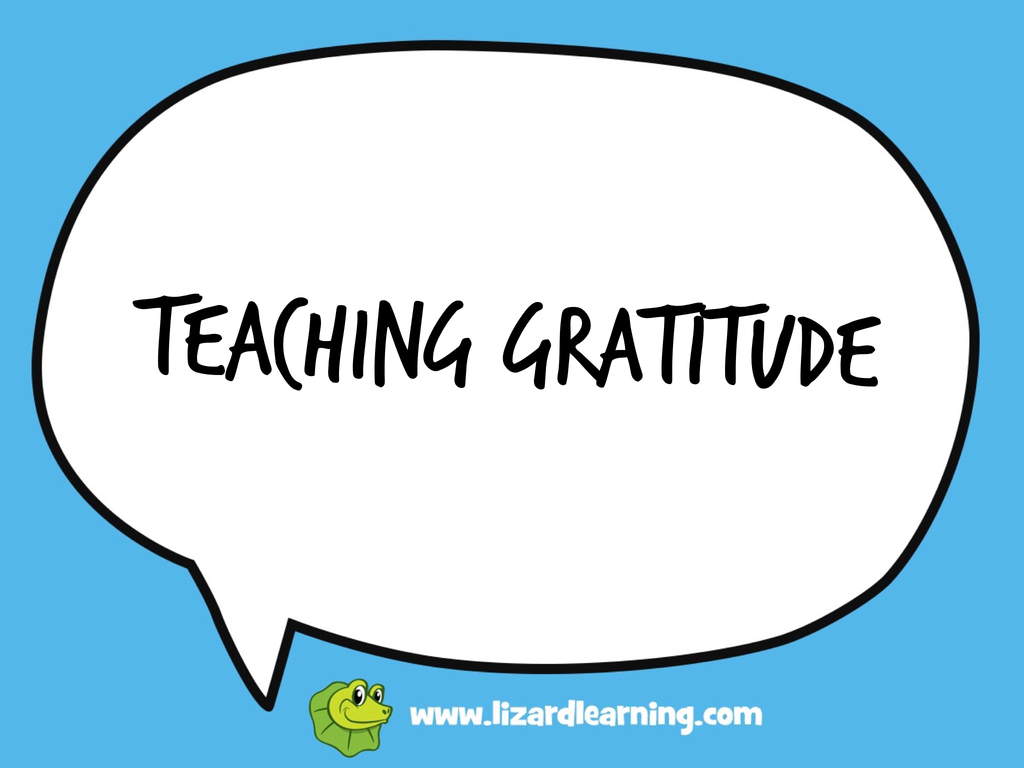
TEACHING CHILDREN GRATITUDE
Teaching Children Gratitude
We have always known that it is important to thank the people in our lives when they help us. Nobody likes to deal with someone ungrateful, and it only takes a few moments. Teaching children to be grateful has always been a difficult task, but it is worth it to prevent them from growing up to be spoilt and take everything for granted. Gratitude has always been an essential part of the social norms of ‘politeness’, but making it more than a learned reaction is a long process. It is only recently that we have realised the actual benefits of actively practising gratitude. Being grateful to those around us has demonstrable benefits to the person you are thanking. We all know how good it feels to have someone recognise your contributions. Studies have now found a whole host of physical, psychological and social benefits to consistently practising gratitude.
A study conducted by Robert Emmons, one of the leaders of research into gratitude, found that grateful people have stronger immune systems, are less bothered by aches and pains, have lower blood pressure, exercise more, take better care of their health, sleep longer and feel more refreshed upon waking. These physical benefits are perhaps the most surprising find of his study which also established that grateful people have higher levels of positive emotions, are more alert, experience more joy and pleasure, and display more optimism and happiness. Socially they are more helpful, generous, and compassionate, more forgiving, more outgoing, and feel less lonely and isolated. Now, don’t all of those sound like things we would love to encourage in our kids?!!
In today’s fast-paced, consumer-driven world it can be hard to find the time to pause and take stock of the things in our lives that we have to be grateful for. This is an especially hard concept for young children as they are strongly ego driven for many of their primary years. It’s never too early to start though, and there are plenty of concrete steps you can take towards helping children grow up to be grateful adults.
- Involve your child in the process of material items
One of the first, and sometimes hardest steps to take is to help children understand why they should be grateful. Far too often children do not have the perspective to appreciate the effort that goes into the things they have. They take things for granted because they have no awareness of the time and effort it took for those around them to provide them with what they have. Involving our kids in the decision-making process and making them follow their decision through despite the effort it takes, can be a good way to encourage gratitude through understanding. It can be difficult to stop yourself from stepping in and taking over when a child is struggling but if necessary, try to work alongside them rather than take over completely. Teaching children that the things they enjoy don’t arrive out of thin air makes them aware of the interdependence of people and teaches them to appreciate those around them.
- Helping Others – Goodwill Projects and Donations
Reaching out and helping others also makes it easier for kids to appreciate these gestures when they receive them. Not only does supporting others make kids feel good about themselves, but it increases a sense of gratitude for what they have. You can encourage generosity in your students through charity donation drives or even by starting a class goodwill project.
- Keep a Gratitude Journal
Another common way to help people of all ages to practice gratitude actively is to start keeping a gratitude journal. This is also an excellent way for kids to practise their literacy skills. Start a practice in your classroom of taking a few minutes each day to write down things that you and your students are grateful for. This could be an individual practice written in workbooks, or you could start a gratitude jar where students write something they are thankful for on a strip of paper then place it into a jar. A gratitude jar can be a great way to counteract negativity down the line. If a student is feeling down or is acting ungrateful, they can take a strip out of the jar and read a reminder of something to be grateful for.
- Classroom activities to grow the appreciation of Gratitude
These simple gratitude exercises can be expanded into art projects or more in-depth examinations of things to be grateful for. Students could complete an ‘ABCs of Gratitude’, or try to develop more in-depth phrases of gratitude beyond a basic thank you. Gratitude could even be the theme of a history project. Students could look into their family history, or history in general, and find someone they are grateful for. I personally am thankful for the contributions of Hedy Lamar, actress and inventor, who created technology that allowed for the invention of Wi-Fi. And closer to home we are so grateful for the fantastic community that has grown up around Lizard Learning.
Let us know in the comments who or what you are grateful for!
Remember, if you are feeling overwhelmed with planning, you’re spending too much time on school work and not enough at home with your family, your leisure time is non-existent…we give you all this free-time back by planning, preparing and creating teaching resources that have been developed by classroom teachers who have over 40 years’ experience teaching children in the classroom.
Sign-up free for a whole week FREE sample of the 10 Quick Questions a Day program, as seen on channel 9’s TODAY SHOW, which gives you 5 literacy and 5 numeracy questions every single day for 40 weeks to have all your revision needs covered and most importantly, peace of mind knowing the fundamental basics are consistently and constantly being revised.
You can also use the 10 Quick Questions a Day interactively with your class for free at our YouTube Channel.
Sign-up FREE to the Lizard Learning Club. We provide free teaching resources to your email inbox regularly. These resources include literacy, numeracy, games, special day’s activities, posters, handwriting fun and much more.
Please like, share and comment as we always love to hear your thoughts and feedback.
10 QUICK QUESTIONS A DAY – https://lizardlearning.com.au
TODAY SHOW – https://www.youtube.com/watch?v=Lo5oTlPD9rQ
LIZARD LEARNING CLUB – https://lizardlearning.com.au/free-resources/
LIZARD LEARNING YOUTUBE CHANNEL – https://www.youtube.com/channel/UCSC-P0U4nGNmsmud1K6JQzA
Teachers Rock!
Cindy
xo
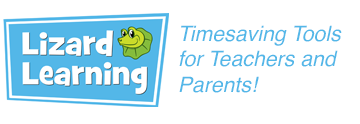
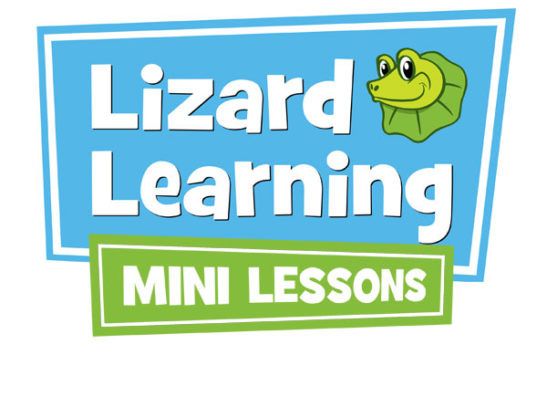
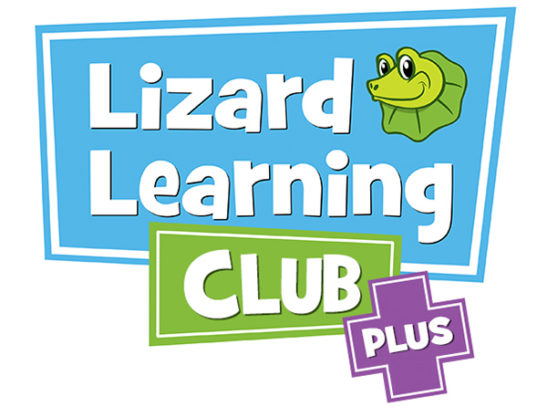
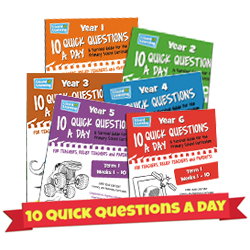
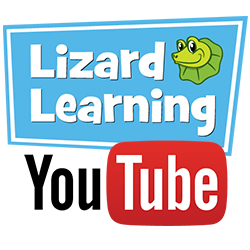



0 Comments